I. Introduction
Machines that have been given the ability to learn and reason like humans are referred to as having artificial intelligence (AI). This is divided between strong AI and weak AI. The world is looking for the answer to ‘strong AI vs weak AI’, as each AI system has its own capabilities. Artificial intelligence systems are set up to do things humans usually do, like solve problems, make decisions, and understand natural language. This is why AI is helping tons of businesses. AI is powering increasingly important technologies that we use daily, like virtual assistants, chatbots, and recommendation systems.
Alan Turing and John McCarthy are just two of the early people who came up with ideas for AI. AI research has made a lot of progress over the years, especially in machine learning, natural language processing, and computer vision. AI has become easier for businesses and people in recent years because more high-powered computers and cutting-edge algorithms are available.
The concept of Strong AI and Weak AI
When we say ‘strong AI vs weak AI’, we mainly talk about two primary categories of artificial intelligence (AI), which are strong and weak. Narrow AI, or “weak AI,” describes AI systems built to carry out a single task, such as playing a game or identifying images. “Strong AI,” on the other hand, refers to smart machines that can do any mental task a human can. Strong AI is mostly just a theory at this point, but it has the potential to change many industries and even be smarter than humans completely.
II. Understanding Weak AI
A. Definition and explanation of Weak AI
“Weak AI,” also called “narrow AI,” refers to artificial intelligence systems made to do just one or a few tasks. Language translation, image recognition, and game-playing are just a few examples of domains for which these systems are typically built. Weak artificial intelligence (AI) may be very good at some tasks, but it doesn’t have real intelligence and can’t reason or understand context outside of what it has been taught.
B. Overview of the capabilities and limitations of Weak AI
The effectiveness of weak AI systems depends on the type and difficulty of the problem they’re trying to solve. Machine learning algorithms are often used to slowly improve the performance of AI systems that aren’t very good at what they do. But the systems are limited in what they can do and can’t think or understand what’s happening outside their predetermined range. Also, poorly designed and trained AI systems can make mistakes and show bias.
C. Examples of Weak AI in use today
including chatbots, recommendation systems, and voice assistants
Virtual assistants like Siri and Alexa and recommendation systems used by online retailers and streaming services are just two examples of the many places weak AI systems are used. Another type of AI that falls into this category is the chatbot, which is programmed to carry out specific tasks such as scheduling appointments or answering customer service inquiries by conversing with the user in natural language. Weak examples of AI include image recognition systems on social media and camera systems in self-driving cars.
D. Comparison of Weak AI to human intelligence
Including its inability to reason and understand context
Weak AI may be very good at some tasks, but it will never be able to compete with human intelligence in terms of complexity and variety. Vulnerable AI systems can only do what has been programmed into them and can’t think or understand context outside of what has been programmed. Weak AI can also not think creatively and adapt quickly to changing circumstances. As AI grows, scientists are working hard to make AI systems smarter and more logical so they are more like humans.
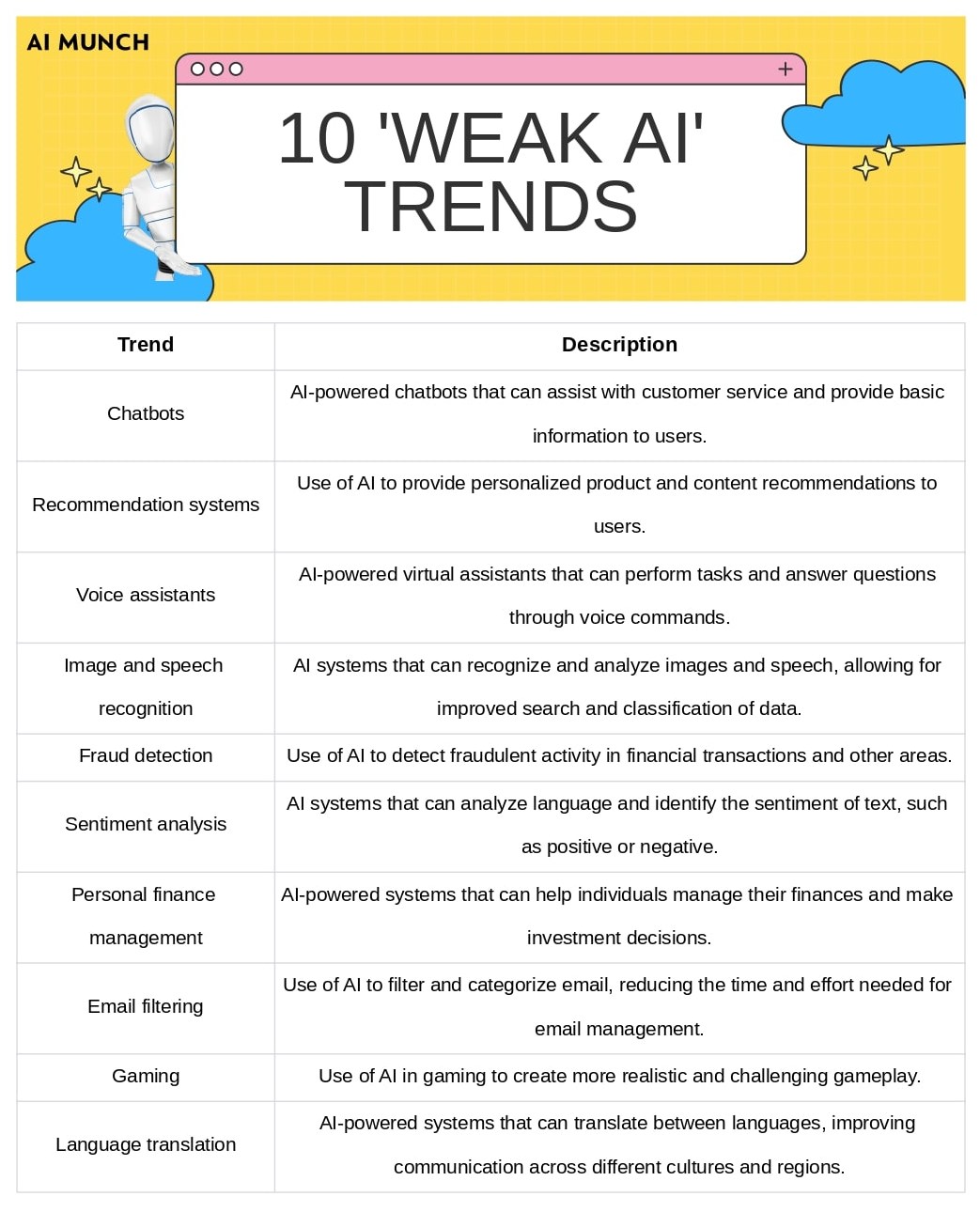
III. Understanding Strong AI
A. Definition and explanation of Strong AI
Artificial general intelligence (AGI), also known as strong AI, is a type of AI that can accomplish any mental task a human can. Strong AI, which is often called “conscious” or “self-aware,” can think, solve problems, and learn new skills without any help from a person. Strong AI is mostly just a theory, but it can change many industries and even be smarter than humans.
B. Capabilities and potential applications of Strong AI
Including self-driving cars, medical diagnosis, and scientific research
Strong artificial intelligence (AI) can do any intellectual task that a person can do. With the help of AI, self-driving cars that can move through complex environments without human assistance or medical diagnosis could be more accurate and efficient. Scientific research, which could benefit from AI’s ability to analyze complex data and generate new insights, is a potential application of strong AI. Strong AI is used in education centres, national defense systems and cybersecurity as well.
C. The Turing Test and its relevance to Strong AI
Alan Turing, a computer scientist, developed the Turing Test to see if a machine could be as smart as a human. Even though the Turing Test has been criticized for being unrealistic and unreliable, the idea behind it is still important when talking about strong AI. The Turing Test says that a machine has passed if it can show the same level of consciousness and intelligence as a person.
D. Comparison of Strong AI to human intelligence
Including its potential to surpass human intelligence
There are substantial obstacles to achieving strong AI’s potential to match or surpass human intelligence. A significant obstacle is building an AI that can reason about the world instead of just following pre-established rules. Systems with AI that are both strong and useful must also be able to learn and change in ways that are similar to how humans do. Despite these problems, many researchers and companies are trying to make systems that are as smart as or smarter than humans because of the benefits they could bring.
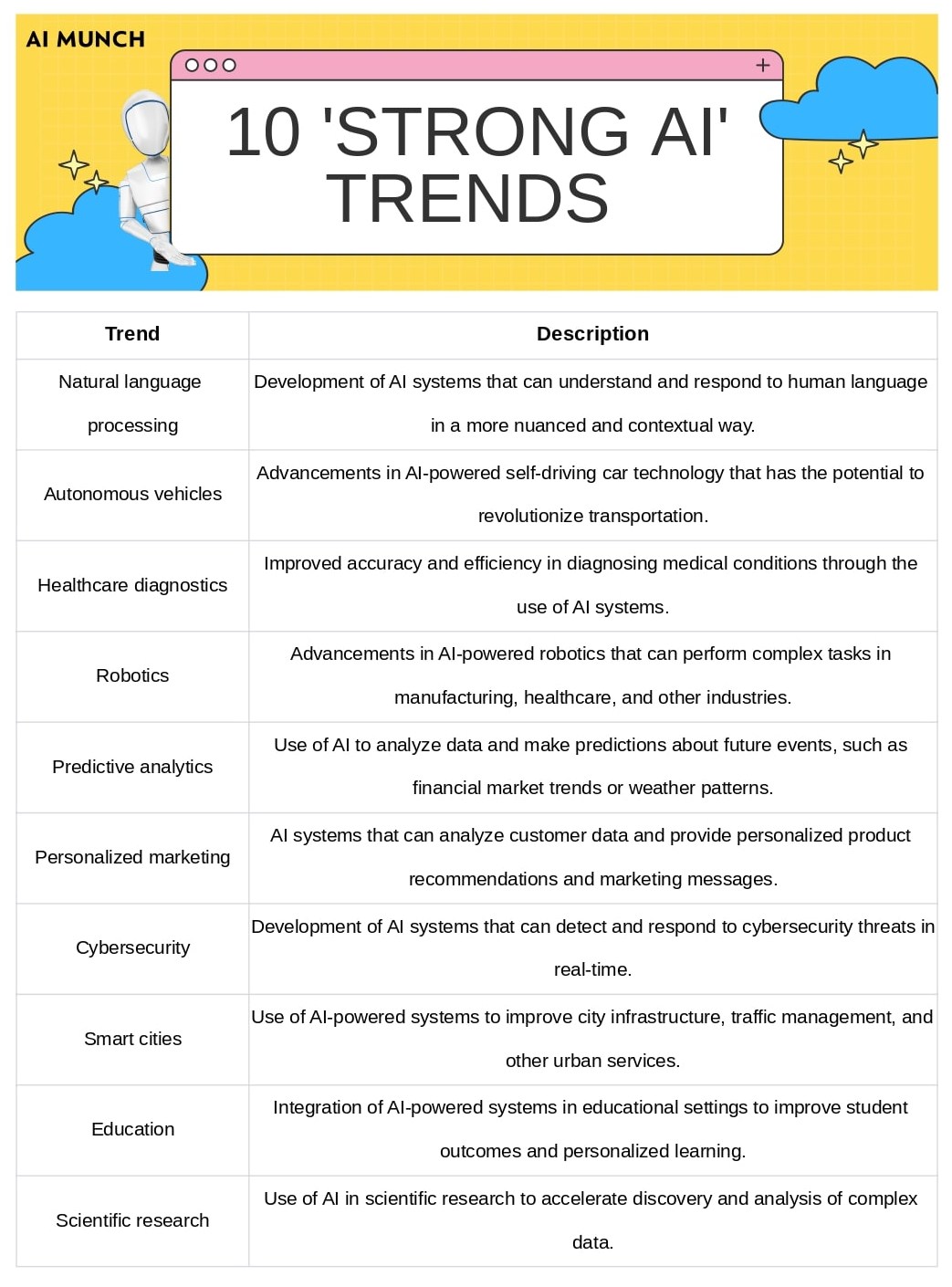
IV. Differences between Weak AI and Strong AI
A. Functionality and capabilities of Weak AI and Strong AI
Including their ability to learn, reason, and understand the context
When we say ‘strong AI vs weak AI,” this is where we want to compare their features. Their capabilities and functionality are where weak AI and strong AI diverge. Weak AI systems are made to achieve a single goal or a small number of purposes, and they only do what they are told to do to reach those goals. They are limited in intelligence to the parameters set for them during development.
“Strong AI” systems, on the other hand, are meant to be able to do any intellectual task that a human can. They are capable of self-directed learning, reasoning, and adaptation. They can see the big picture and make decisions based on both broad and specific information.
B. Ethical considerations of Strong AI
Including its potential impact on jobs and society
As AI systems get smarter and more capable, important ethical questions, need to be answered. AI is affecting us in diverse ways. Intelligent machines could be a threat to jobs and society as a whole, which is a very big worry. Strong artificial intelligence (AI) has the potential to automate many human-currently-performed jobs due to its general-purpose intelligence. Possible outcomes include an increase in the jobless rate and societal upheaval.
The potential for malicious use of powerful AI is another ethical concern. Because they can learn and change quickly, powerful AI systems could launch cyberattacks and do other bad things.
C. “AI singularity” and potential risks of creating a superintelligence
The term “AI singularity” refers to a possible future in which a superintelligence is created and can quickly improve itself in ways humans can’t understand. This could set the stage for a lot in which the AI system goes bad and seriously threatens people.
Experts still argue about how likely this scenario is, but it shows how important it is to build strong AI systems ethically and how important it is to develop AI responsibly.
V. Conclusion
There is no clear winner with “strong AI vs weak AI,” as their capabilities and features differ. The capabilities and effectiveness of weak AI and strong AI are very different. Even though strong AI has the potential to change many industries and be smarter than humans, many ethical concerns and risks come with it.
It is critical that researchers and developers give ethical considerations and responsible development practices top priority as AI technology advances. This includes developing AI systems in a transparent and accountable manner and designing them with potential risks and implications in mind.
Strong AI has the potential to make our lives a lot better, but it needs to be built with care and consideration for how it might affect society. We can move toward a future where AI is used to help people if we deal with the ethical concerns and possible risks of strong AI.
FAQs
Strong AI is often put to the Turing Test. Human evaluators have conversations with machines and other humans in natural language while being in the dark about which is which. After passing the Turing Test, a device is considered to have achieved human-like intelligence.
By “strong AI,” we mean an artificial intelligence system that can be as smart as a human in terms of its ability to reason, understand, and think. Until an AI system reaches human intelligence, strong AI will remain a thing of science fiction. But a primary focus of AI research is the creation of robust AI.
The term “weak AI” refers to an artificial intelligence system that has only been taught to do a few tasks in a small area. Virtual assistants like Siri and Alexa, recommendation systems like Netflix, and self-driving cars are just some of the current applications that use weak artificial intelligence. These AI systems are programmed to do limited tasks in narrow domains but can’t think about things more broadly.
“Strong AI” describes an artificial intelligence system that can do anything a human can do intellectually. It is set up to think for itself, learn from what it sees and does, and adapt to its surroundings without much help from its creators.
Strong AI is making quick progress thanks to more research and development in machine learning, natural language processing, and computer vision. Some current trends in strong AI include the creation of cars that can drive themselves, advanced medical diagnosis systems, and tools for scientific research.
The main things determining whether a system is a strong AI or weak AI are what it can do and how it works. Artificial intelligence (AI) that is “weak” is set up to do a limited set of tasks based on rules and algorithms that have already been set up. Strong AI, on the other hand, is intended to be as smart as a human being.
Machine learning, neural networks, deep learning, natural language processing, and computer vision are all terms and definitions often used to discuss strong AI. These areas of AI are strong and work on developing specific skills and functions within the larger field.
The main difference between weak and strong AI lies in its capabilities and functionality. Vulnerable AI systems are made to do specific tasks within the limits of what they’ve been programmed to do, while strong AI systems are made to be able to do any intellectual job that a human can do.
An example of strong AI would be one that can carry out complex scientific research, learn from its experiences, reason and make decisions based on complex and nuanced information, and adapt to new situations without human intervention.
Weak AI, also known as narrow AI, is designed to perform specific tasks within its pre-programmed capabilities. Examples of weak AI include chatbots, recommendation systems, and voice assistants like Siri or Alexa.
Do you want to read more? Check out these articles.
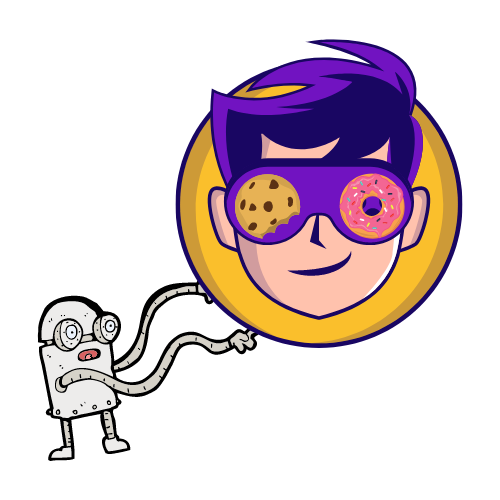
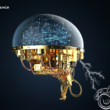

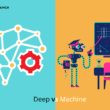
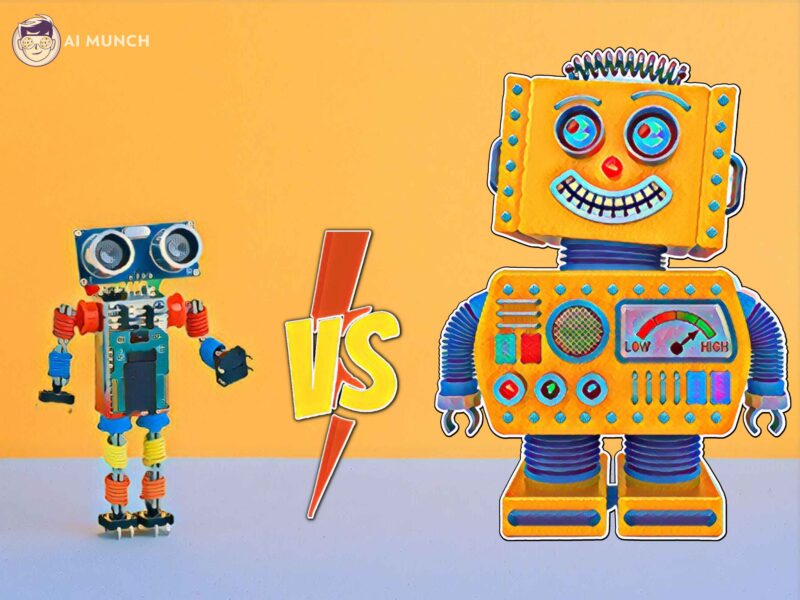


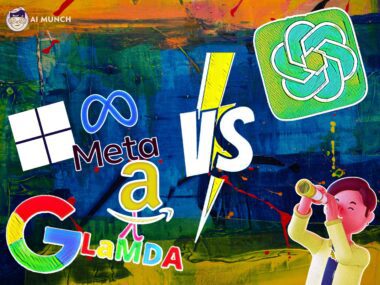
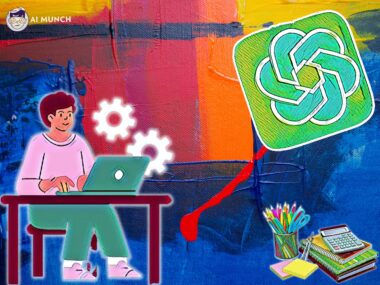


Link exchange is nothing else but it is only placing the other person’s blog link on your page at appropriate place and
other person will also do similar in favor of you.
My relatives always say that I am wasting my time here at
web, but I know I am getting familiarity all the time by reading thes pleasant content.